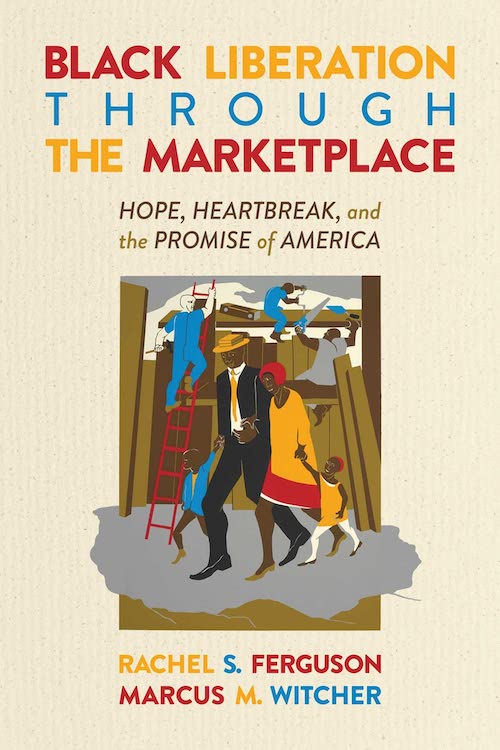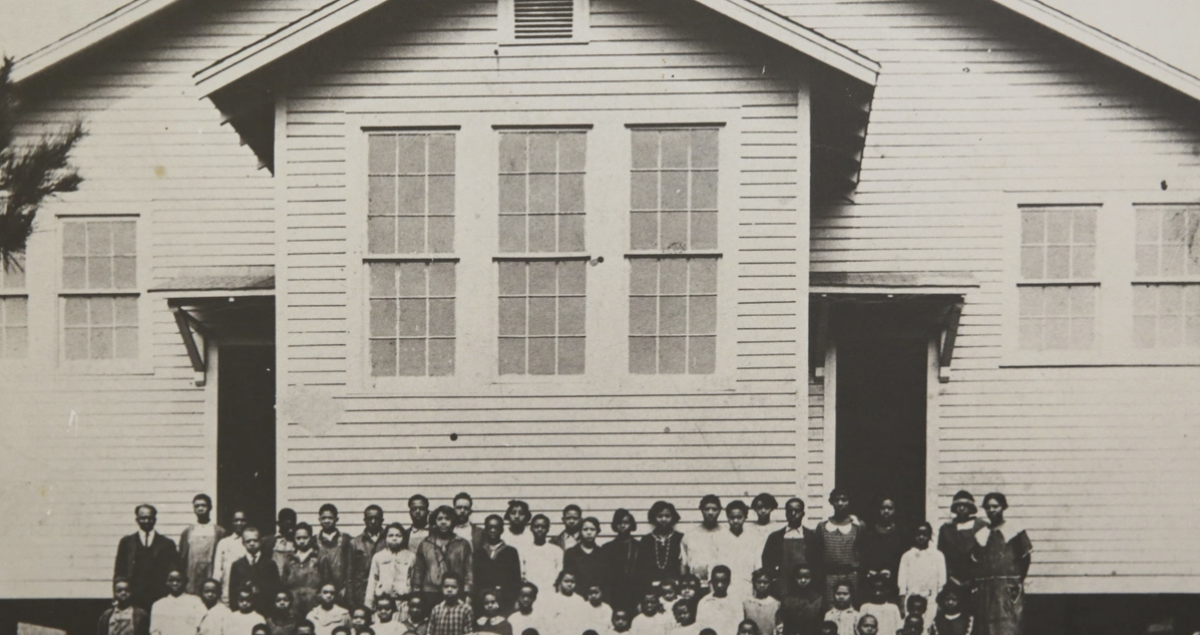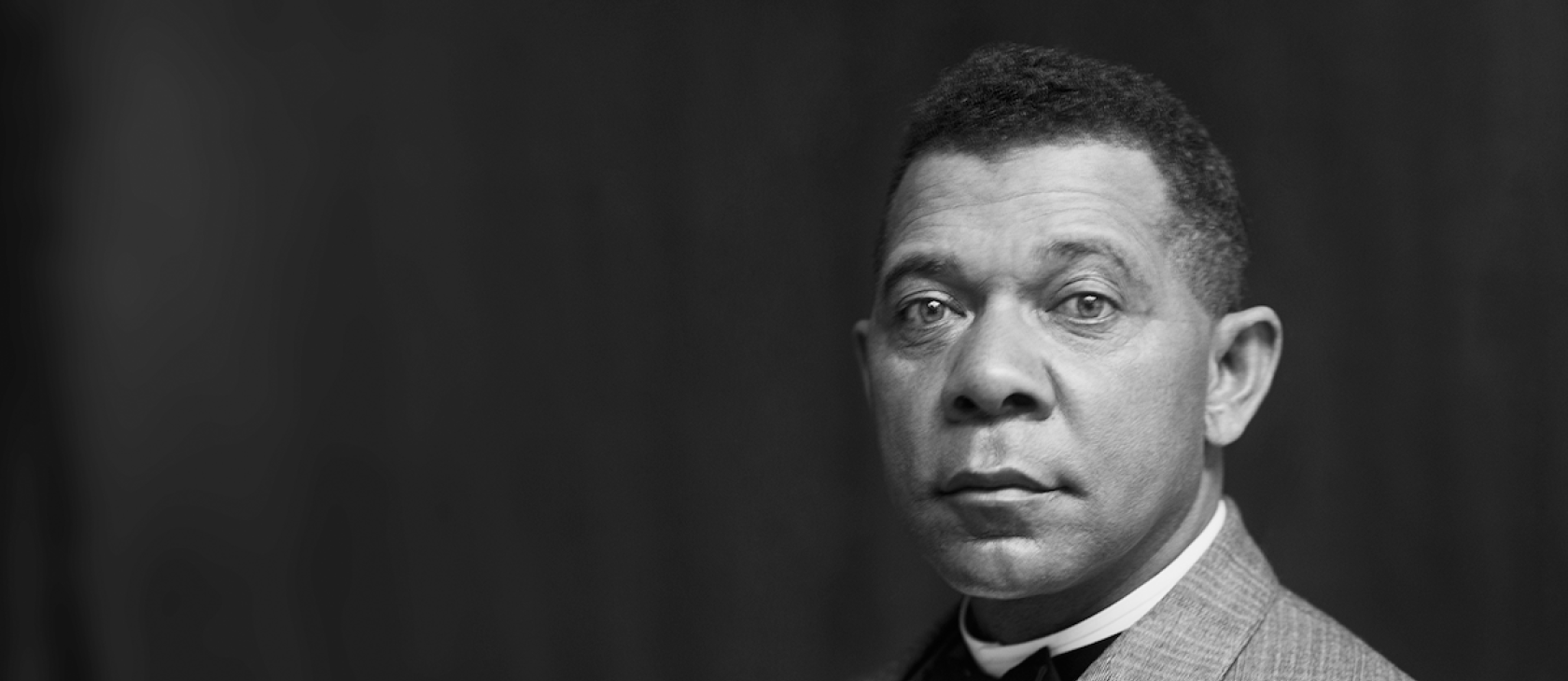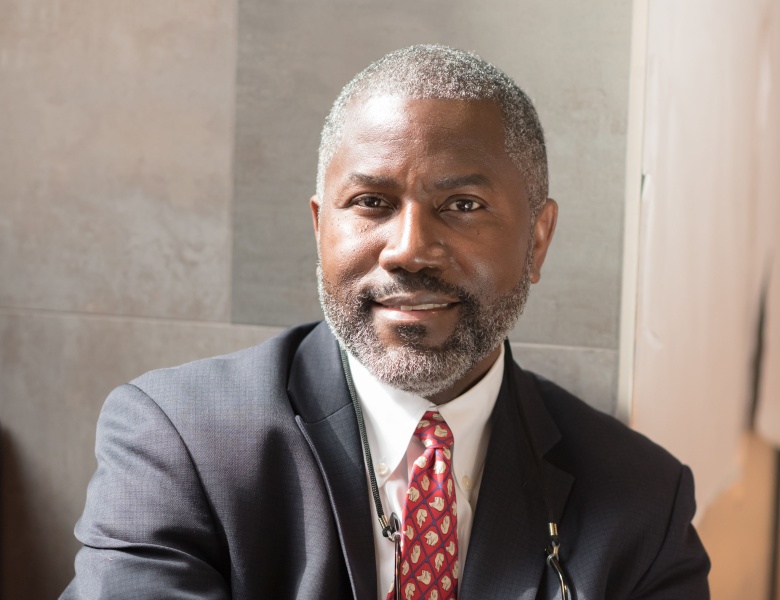In the 1996 New Yorker special edition Black in America, Hendrik Hertzberg and Henry Louis Gates Jr. wrote, “For African Americans, the country of oppression and the country of liberation are the same country.”
We cannot escape from the fact that America’s history will forever be scarred by the horrific stories of government-sanctioned chattel enslavement. But that same history is rife with stories of African Americans who embraced the institutions of family, religion, education, and perhaps most notably entrepreneurship to overcome dehumanizing discrimination and achieve enduring prosperity. This peculiar duality of America is a consistent undercurrent of the new, expertly researched book Black Liberation Through the Marketplace.
While much has been written about the structural barriers to black economic independence, what has been forgotten or ignored is perhaps even more important: the role of the marketplace and entrepreneurship in black success. We need to encourage the latter without forgetting the former.

Hope, Heartbreak, and the Promise of America
By Rachel S. Ferguson and Marcus M. Witcher
(Emancipation Books, 2022)
Authors Rachel S. Ferguson and Marcus M. Witcher discuss how education, property ownership, family, and religion allowed a segment of the black community to rise above systemic racism and achieve true progress during times of extreme injustice and oppression.
Throughout the book, Ferguson and Witcher take the unique approach of applying lessons from classical liberalism as they walk through America’s history in painstaking detail, deliberately exposing the coordinated societal effort to impede black progress while also revealing the power of the free market to uplift the black community. The authors offer this explanation:
Government—at all levels—failed to protect Blacks’ rights to life, liberty, property, freedom of contract, right to trial by jury, and more. The market didn’t fail Black people. Indeed, Blacks prospered as entrepreneurs, professionals, and laborers within the free enterprise system. It was America’s political institutions that failed them.
Classical liberalism—an ideology often forgotten in today’s polarizing environment—“captures America’s dedication to four distinct institutions [through the free market]: property rights, freedom of contract, equal protection under the law, and a cultural affirmation of trade and entrepreneurship.” Specific historical examples demonstrate how these market-based rights greatly increased black social and human capital. During the Reconstruction era, the shift from rural to urban dwelling in the South doubled the proportion of blacks living in cities, allowing the black economy to outpace the white economy, which spurred investment in “churches, lodges, travel, amusement, and savings.” The establishment of the Hampton Institute in 1867 shaped the black literacy movement, resulting in a literate majority by 1910. And overwhelming participation in the black church allowed blacks to “create and sustain thick social institutions” in all aspects of civil society.
Herein lies a core component of the book: While no one should forget the atrocities committed against the black community throughout our history, true upward mobility comes from a focus on black material progress. This was Booker T. Washington’s vision of black empowerment, ideas of “uplift” and “self-help” that “refer to the pooling of resources … for the shared goal of Black economic empowerment.”
Washington was heavily criticized for these views (and is often overlooked in K–12 education when teaching about black activists), but as Ferguson and Witcher tell in great detail, he understood that an eventual campaign for civil rights would only be successful if a culture of “networking, mentorship, and institution building” was already central to the black way of life.
In the early 1900s, struck by the inferior educational opportunities for black children through the Jim Crow South, Washington envisioned building a network of high-quality schools. He partnered with Sears Roebuck CEO Julius Rosenwald, and together they created nearly 5,000 schools, educating more than 700,000 black children in 14 southern states.
With the aid of industrial education, mutual aid societies, and self-help organizations, Washington led the battle for black advancement. And he succeeded. From emancipation in 1865 to the death of Washington in 1915, blacks had tripled their per capita income. By 1955, blacks had built a strong foundation over the preceding seven decades to fight, and ultimately win, the battle for civil rights.
Unfortunately, this productive, resilient way of thinking has escaped the minds of many of today’s progressive elite who champion black dependency on government redistribution as both payback for past transgressions and guarantor of black prosperity. During America’s racial reckoning in the summer of 2020 following the murder of George Floyd, investigative journalist Nikole Hannah-Jones penned an opinion piece in the New York Times Magazine called “What Is Owed.” She proclaimed, “None of the actions we are told black people must take if they want to ‘lift themselves’ out of poverty and gain financial stability—not marrying, not getting educated, not saving more, not owning a home—can mitigate 400 years of racialized plundering.” For Hannah-Jones, the only solution to closing racial disparities is massive government intervention, typically estimated to be between $10 trillion and $14 trillion in reparations to black Americans.

Ferguson and Witcher do address the subject of reparations and make two suggestions: (1) fund them through sale of federal lands rather than burdening taxpayers, and (2) distribute reparations to poor entrepreneurs of any race, along with actual descendants of slavery or enrolled tribal members. These suggestions, however, are far more modest in scale and scope than, say, Hannah-Jones’ and certainly not posed as the silver bullet for African American advancement. The authors frankly note the backlash and exacerbation of the racial divide that would most likely ensue from race-based reparations, while also making it clear that “we believe it would indeed be unjust to coercively redistribute the wealth of everyone to Black people, since everyone else did not (on the whole) benefit from Black oppression.”
In my own book, Agency, I highlight how embracing four pillars—family, religion, education, and entrepreneurship— typically results in economic and communal flourishing for the black community, and indeed people of all races. In Black Men Making It in America, my AEI colleague Brad Wilcox reveals that black men’s economic fortunes are distinctly tied to key institutions: education, marriage, and work. Black men who have attained a college degree or are employed full time are much more likely to reach the middle class, as are those who embrace marriage and the “black church.”
In 1960, the share of black men who were poor was 41%. In 2016, that number fell to 18%. The data provide a clear contrast to the defeatist attitude represented by Hannah-Jones and others such as a group of researchers at Duke who proclaimed that individual action cannot overcome systemic racism, and government largesse must be the answer. In What We Get Wrong About Closing the Racial Wealth Gap, William Darity Jr. et al. assert: “There are no actions that black Americans can take unilaterally that will have much of an effect on reducing the wealth gap. For the gap to be closed, America must undergo a vast social transformation produced by the adoption of bold national policies.”
Black men who have attained a college degree or are employed full time are much more likely to reach the middle class, as are those who embrace marriage and the “black church.”
It is this part of the story—the defeatist attitude that defines many of those who advocate solely for massive government intervention to achieve black prosperity—that I wish Ferguson and Witcher had addressed in their book. While the epilogue breaks down the misguided strategy of anti-racism and the misplaced interest in critical race theory, it does not speak enough to the impact that such arguments have on the rising generation.
Imagine you are a 12-year-old black kid from the south side of the Bronx with aspirations to achieve the American dream. Yet adults who claim to have nothing but your best interest in mind tell you there is nothing you can do individually to achieve that goal and it is pointless even to try. In other words, simply because you are black, the entire country is against you.
As someone who has run public charter schools in low-income communities in the Bronx, I know how debilitating such a narrative can be for a student’s hopes and aspirations. The families we serve are more interested in hearing how their children can be successful than how the American capitalist system is rigged against them. They want their children to have agency, a sense of control over their lives.
An empowering alternative can be found in 1776 Unites, a project of the Woodson Center to counteract these debilitating narratives. 1776 Unites acknowledges that “racial discrimination exists—and works toward diminishing it. But we dissent from contemporary groupthink and rhetoric about race, class, and American history that defame our national heritage, divide our people, and instill helplessness among those who already hold within themselves the grit and resilience to better their lot in life.”

1776 Unites has developed a free curriculum for K–12 students that offers lessons on black excellence in the face of unimaginable adversity. An exploration of Booker T. Washington’s Rosenwald schools is included in the curriculum, which has been downloaded at the time of this writing more than 30,000 times by educators across all 50 states in private, charter, district, and parochial schools, home schools, after-school programs, and prison ministries.
Ferguson and Witcher want Black Liberation Through the Marketplace to “address the problem at the root from which it sprung: civil and economic exclusion.” Amid the current fierce debate over how American children should be educated, this book should serve as a premier resource for educators seeking to share an honest account of U.S. history with their students. Of course, teachers should describe the barriers of systemic racism while waiting to tell the disturbing record of racial injustice to an age-appropriate audience. But celebrating black achievement is paramount. Telling the stories of not just Booker T. Washington and his schools but also of Biddy Mason, a woman who was born a slave but died a millionaire, and of Elijah McCoy, a world-renowned inventor, will allow the next generation to understand that success is possible for everyone.
In much of our conversations about race and America, we obsess over failure without being similarly relentless about studying success. Thanks to their extensive research, Ferguson and Witcher effectively argue that “market participation is essential for human flourishing” for the black community, as it unsurprisingly has been for people of all races. This is why black liberation—and economic freedom for people of all backgrounds—is much more likely to occur through the marketplace.




